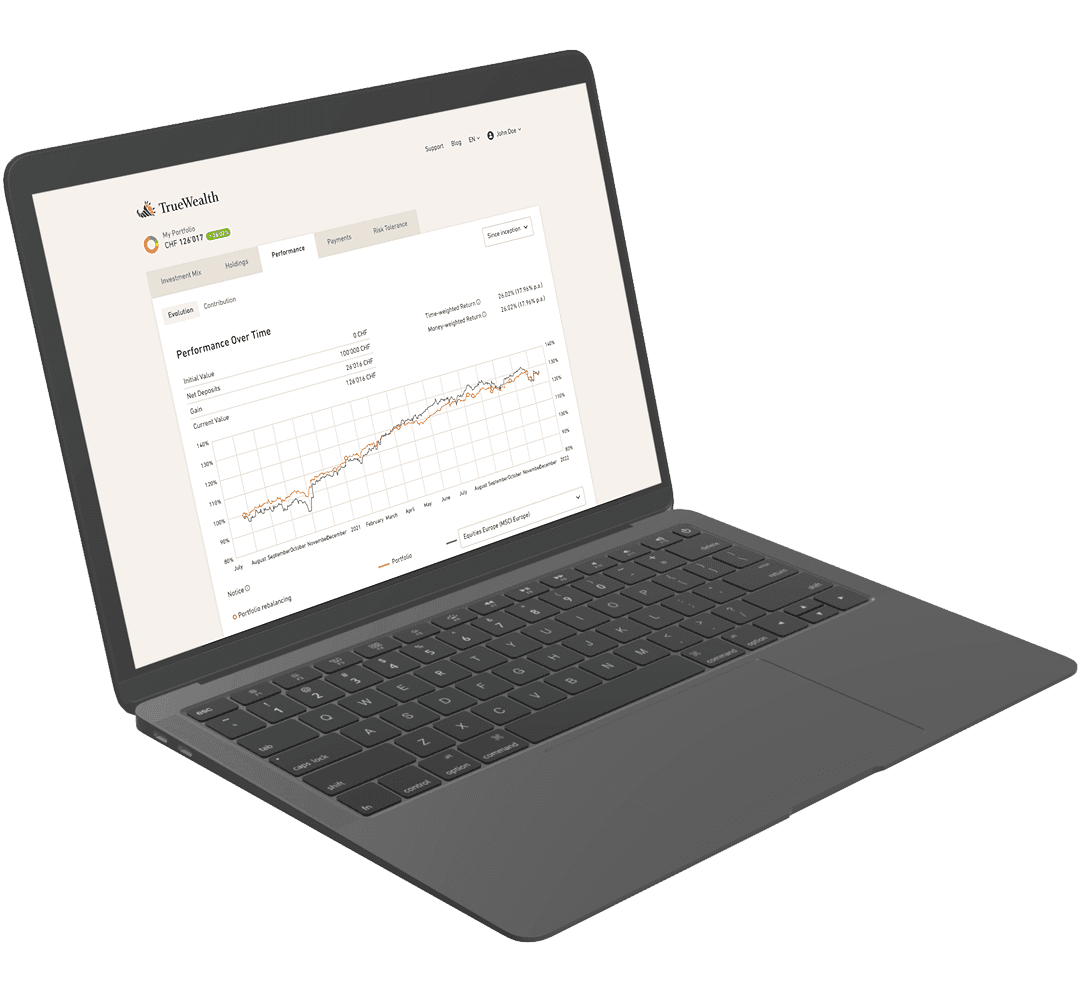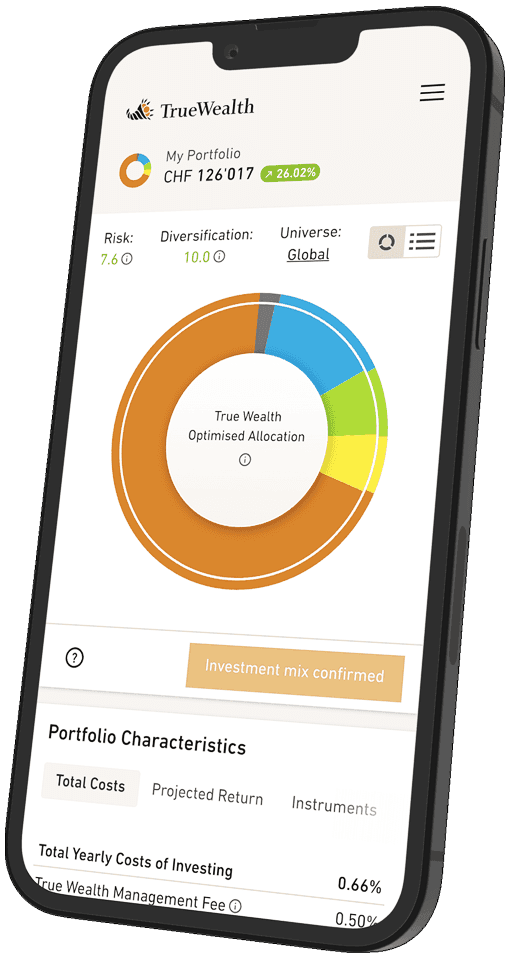Active Management
Active management aims to generate higher returns than the market, minimize risks, and meet clients' investment objectives. In technical terms, an active strategy should generate alpha, i.e., excess returns. Sometimes, attempts are also made to minimize beta, i.e., to achieve lower volatility than the overall market.
Instead of tracking an index, active managers analyze and select specific securities, continuously adjust the portfolio, and can also respond to individual requirements at the individual security level.
Active management is significantly more complex than passive, index-oriented investing. It leads to higher transaction costs and management fees of usually 1 to 2 percent. In addition, active asset management mandates often incur additional fees, such as issue and redemption commissions and a performance fee. On the other hand, there is usually no penalty for poor performance.
A clear majority of actively managed funds underperform the market index. And this underperformance deepens as the investment period increases – primarily due to costs, which have a negative compound interest effect.
True Wealth has conducted its own analysis of the most popular actively managed Swiss investment funds using the SPI as a benchmark and determined their performance over several years. For the results, we would like to refer you to our video podcast with Felix Niederer.
Can’t find what you’re looking for?
Contact us
Ready to invest?
Open accountNot sure how to start? Open a test account and upgrade to a full account later.
Open test account